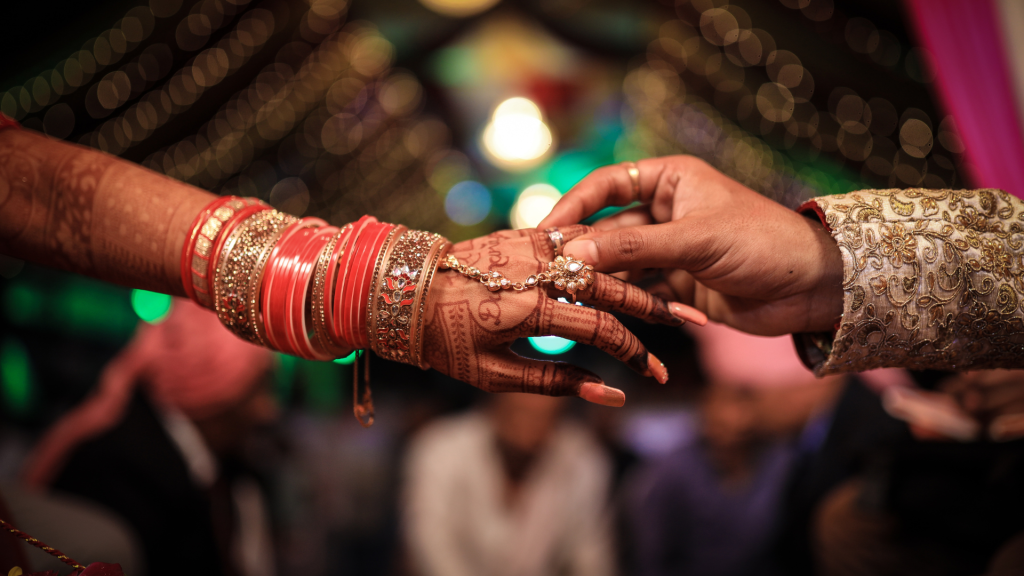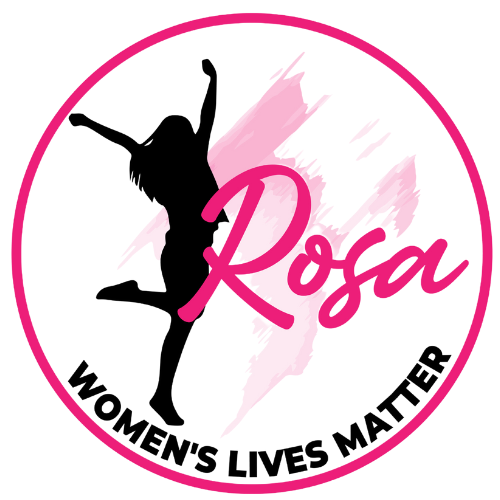Our Blogs
Forced Marriage: "Forced Marriage: A Serious Breach of Human Rights"
What is forced marriage
Forced marriage happens when an individual is compelled to marry someone against their will, often through pressure or deceit. This is different from an arranged marriage, where both parties willingly consent to the union. Forced marriage is a global issue, affecting people from various cultural backgrounds. This article explores the reasons behind forced marriage, its implications, and the measures being taken to prevent it.

Understanding Forced Marriage
Forced marriage involves making someone, often a child or young person, marry against their wishes. This coercion can include threats, lies, or undue pressure, stripping individuals of their freedom to choose their partners. Such marriages can have devastating effects, including fear, isolation, health problems, and exposure to violence.
Factors Leading to Forced Marriage
- Misinterpretation of Religious Beliefs: Some communities misuse religious teachings to justify forced marriages, despite these interpretations not reflecting mainstream religious views.
- Cultural or Traditional Norms: In some societies, maintaining family honor, reputation, or social status can drive forced marriages.
- Misinterpretation of Religious Beliefs: Misconstrued interpretations of religious texts may be used to justify forced marriages, though this does not represent the beliefs of most religious communities.
- Gender Inequality: Women and girls are particularly vulnerable due to pervasive gender inequality, often being treated as commodities to uphold family honor.
- Economic Pressures: Financial hardships or dowry demands can push families to arrange marriages to alleviate economic burdens.
Consequences of Forced Marriage
Forced marriage has severe and far-reaching consequences, such as:
- Loss of Autonomy: Victims lose their right to choose their partners and make life decisions.
- Emotional and Psychological Trauma: Forced marriage can lead to anxiety, depression, and post-traumatic stress disorder.
- Health Risks: Victims face risks like early and unwanted pregnancies, physical and mental health issues.
- Violence and Abuse: Such marriages often result in physical, sexual, and emotional abuse.
- Social Isolation: Victims may be cut off from their support networks, making it difficult to seek help.

Examples of forced marriage
Forced marriage occurs when one or both parties are married without their consent. Here are some examples:
- Underage Marriage: Young girls, sometimes as young as 12 or 13, are married off to older men due to cultural or economic reasons.
- Cultural or Religious Pressure: Individuals may be pressured to marry someone chosen by their family to preserve cultural or religious traditions.
- Immigrant Communities: In some immigrant communities, families force marriages to strengthen family ties or facilitate immigration.
- Exchange Marriage: Two families agree to exchange brides for their sons to settle debts or disputes, disregarding the brides’ wishes.
- To Resolve a Crime: Women or girls may be forced to marry their rapists to preserve family honor.
- To Control Behavior or Sexuality: Forced marriages may be used to control a person’s behavior, especially concerning sexual orientation.
- Marriage for Citizenship: Individuals may be coerced into marriage so one spouse can gain citizenship or legal residency.
- For Economic Gain: Families may force marriages for financial reasons, such as merging property or settling debts.
Notable cases of forced marriage
Several high-profile cases have highlighted the issue of forced marriage:
- Nujood Ali (Yemen): Married at ten, she gained international attention by seeking a divorce, spotlighting child and forced marriages.
- Samiya David (Uganda): Forced into marriage at 15, her case set a legal precedent in Uganda.
- Sherry Johnson (USA): Married at 11 to her rapist, she later worked to change Florida’s marriage laws.
- Amina Filali (Morocco): Forced to marry her rapist, she committed suicide, sparking calls for legal reform.
- Sahar Gul (Afghanistan): Married at 13 and subjected to severe abuse, her case highlighted the plight of young girls in forced marriages.
Prevention and Addressing Forced Marriage
Efforts to prevent and address forced marriage include:
- Legislation: Countries like the UK have laws criminalizing forced marriage and protecting potential victims.
- Education and Awareness: Raising awareness about human rights, consent, and gender equality helps prevent forced marriages.
- Support Services: Providing counseling, legal aid, and shelters assists survivors in escaping and recovering.
- Community Engagement: Collaborating with communities and leaders to change social norms and attitudes toward forced marriage.
- International Efforts: Global organizations and governments work together to combat forced marriage, aiming to eliminate it as part of international goals like the UN’s Sustainable Development Goal 5.3.
Conclusion
Forced marriage is a grave violation of human rights, and the fight against it is ongoing. Through continued efforts in education, community engagement, legal action, and support for victims, progress is being made. It is a collective responsibility to protect the rights and well-being of individuals, ensuring they are free from the fear of forced marriage. Our commitment to ending this practice must remain unwavering, promoting a world where everyone has the freedom to choose their life partners.
